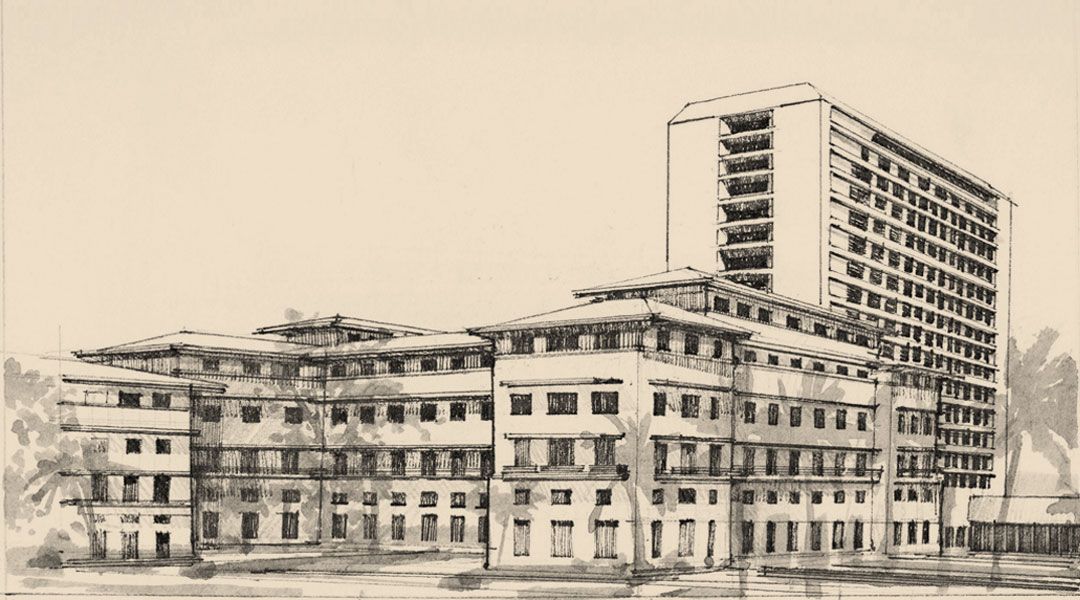
Here are the new phases and faces of 8 structures
Concrete restorations and renovations in architecture propel the discipline forward. It is through these that one learns to grasp the importance behind preserving structures. All intricate columns, detailed sculptures, arches, and embroideries of notable edifices are visual representations of history, as well as testaments to the constructive prowess of ancestors. When conveyed, both become meaningful motion that ensure historical architecture and heritage buildings are well preserved for the future. In the eight structures characterized below, only some were roused and completed in a long-lasting manner, while the others unfortunately took the shape of a misstep.
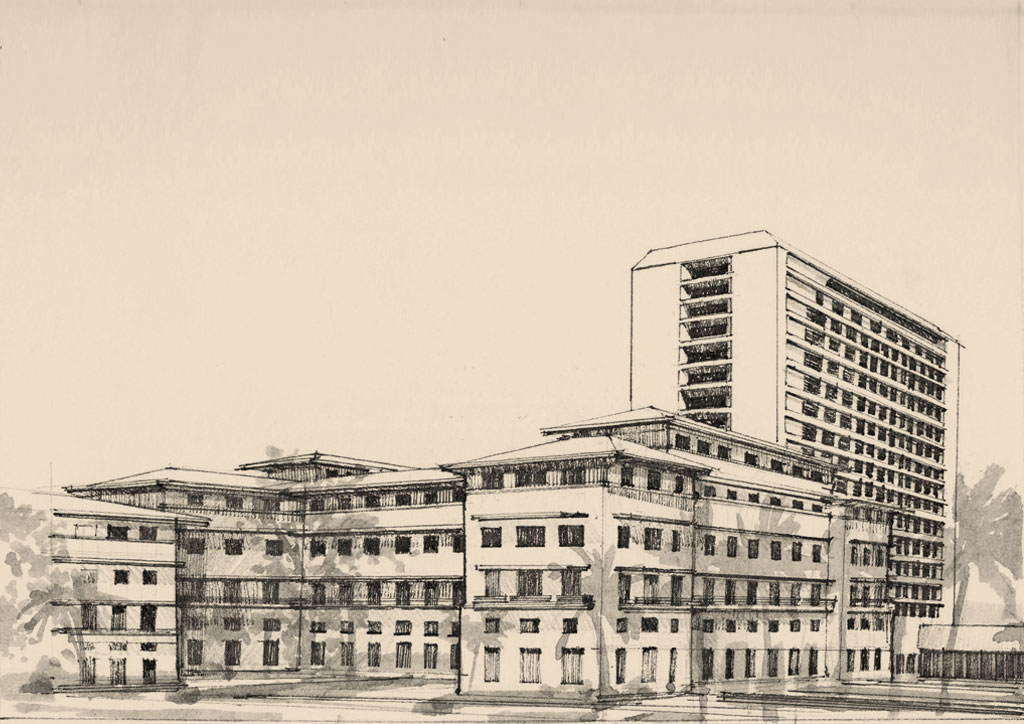
1. Manila Hotel
Employing the brightest design luminaries including National Artist for Architecture Ildefonso Santos, the Manila Hotel embarked on a major renovation and expansion project from 1975 to 1977. Also National Artist for Architecture Leandro Locsin was tasked to redesign the aging hotel’s Mission-style interiors and furnishings, and to build a new high-rise building behind the original five-storey hotel designed by William Parsons.
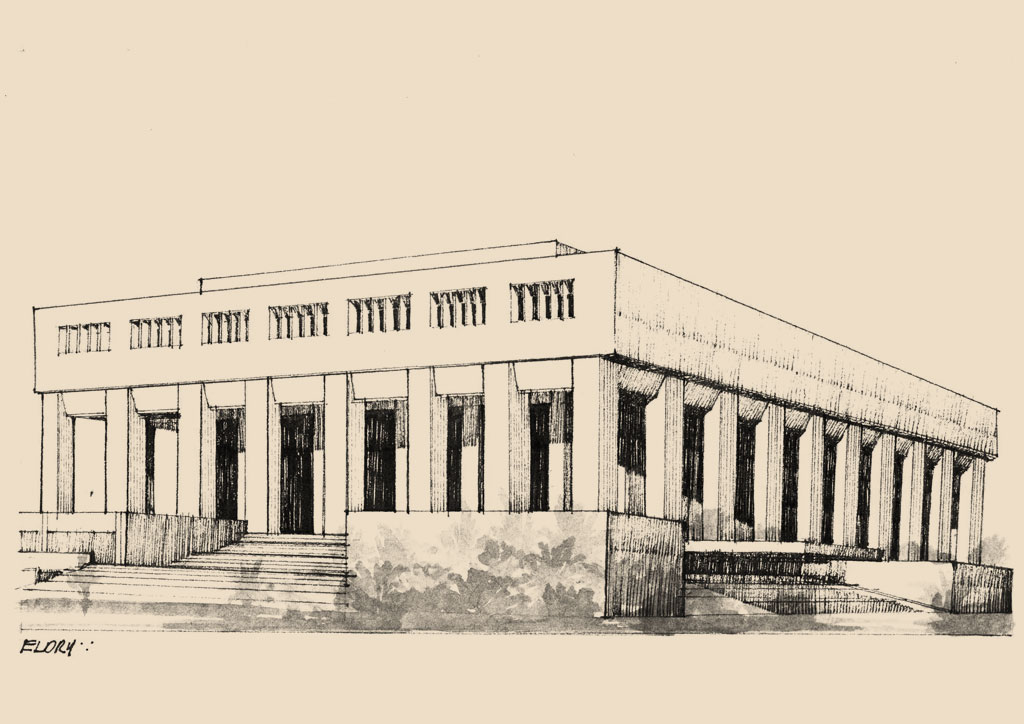
2. Manila Film Center
The tragedy behind the construction of the Manila Film Center continues to loom 34 years after it first opened. Damaged by the 1990 earthquake, the modernist building reminiscent of the Parthenon’s proportions was abandoned after a decade. In 2001, Froilan Hong was called to supervise the building’s overdue restoration. The theater was then leased to a production company who left in 2009 after its lease expired. Subsequent plans for the Senate to move from the GSIS to the Film Center did not push through. A fire in 2013 left this architectural remnant of a bygone era desolate and decrepit once again.
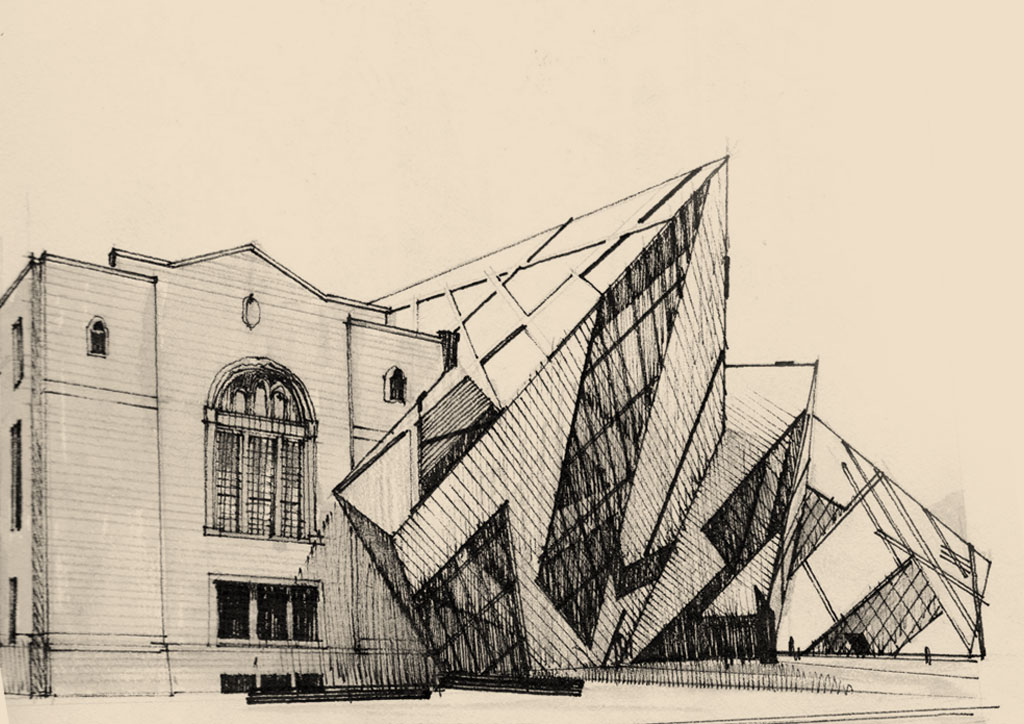
3. Royal Ontario Museum
The story of the Royal Ontario Museum’s 2002 renovation and expansion mirrors that of the Louvre Museum in the days of Francois Mitterand’s grands projets. Instead of a giant glass pyramid, Canada’s largest museum built a new entrance in the form of an angular crystal-like shard to welcome visitors. The structure was created by architect Daniel Libeskind. Like the La Pyramide, the Michael Lee-Chin Crystal, named after its benefactor, was met with public indignation when it opened in 2007. Canadians found the deconstructivist addition incongruous with and disrespectful of Frank Darling and John Pearson’s original Neo-Romanesque design. Many accused the museum employing ‘starchitecture’ to generate a Bilbao effect for Toronto.
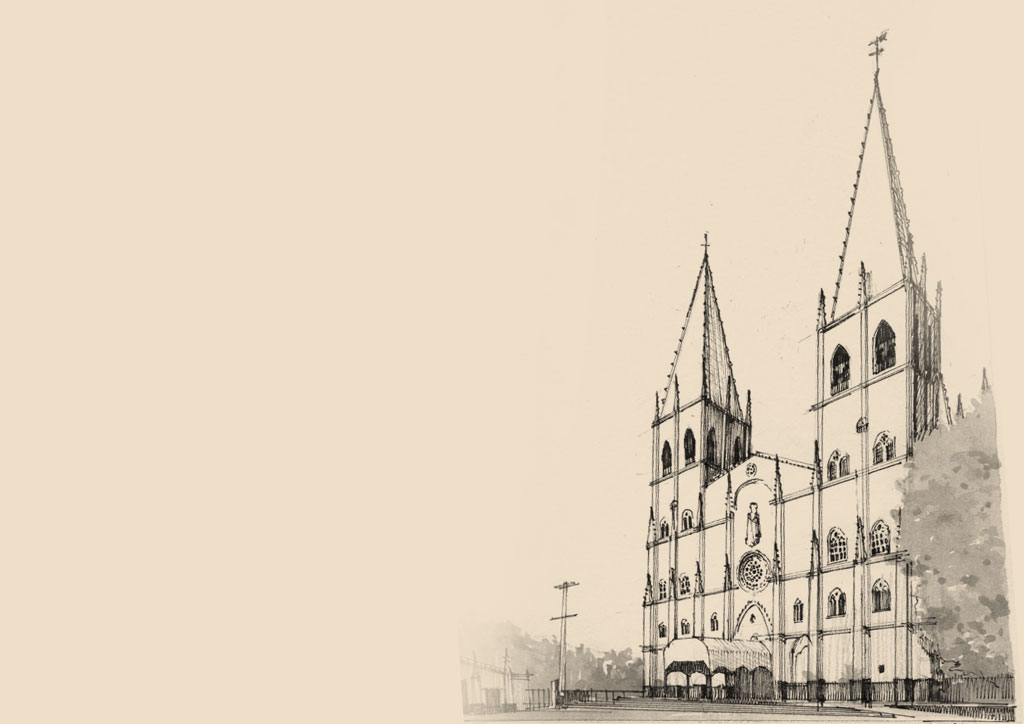
4. San Sebastian Basilica
Recognizable for its mint green façade and Gothic spires, the all-steel San Sebastian Basilica in Quiapo has retained most of its original fabric and interiors with minimal additions. Due to its age, the church is now starting to rust and decay. The San Sebastian Basilica Conservation and Development Foundation was established to address the problem. Led by restoration architect Tina Paterno, the foundation has been organizing events to raise funds for the complete restoration of the iconic landmark.
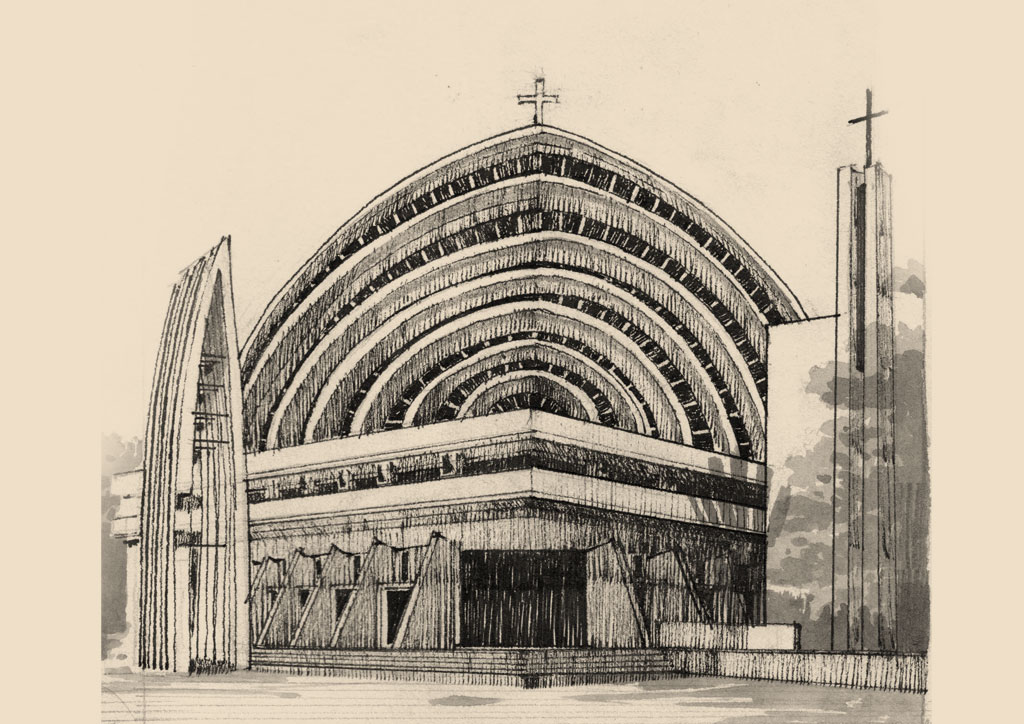
5. St. Alphonsus Mary de Liguori Church
After it burned down in fire, Leandro Locsin’s brutalist church in Magallanes Village rose from the ashes with a brand new design. Utilizing the 28 buttresses that survived, its new architect, Dominic Galicia, added 13 radial roof vaults soaring up to 28 meters high to allow natural light to enter the voluminous space. Galicia sees the addition as a metaphor for rebirth, of finding life after death, and of the promise of resurrection.
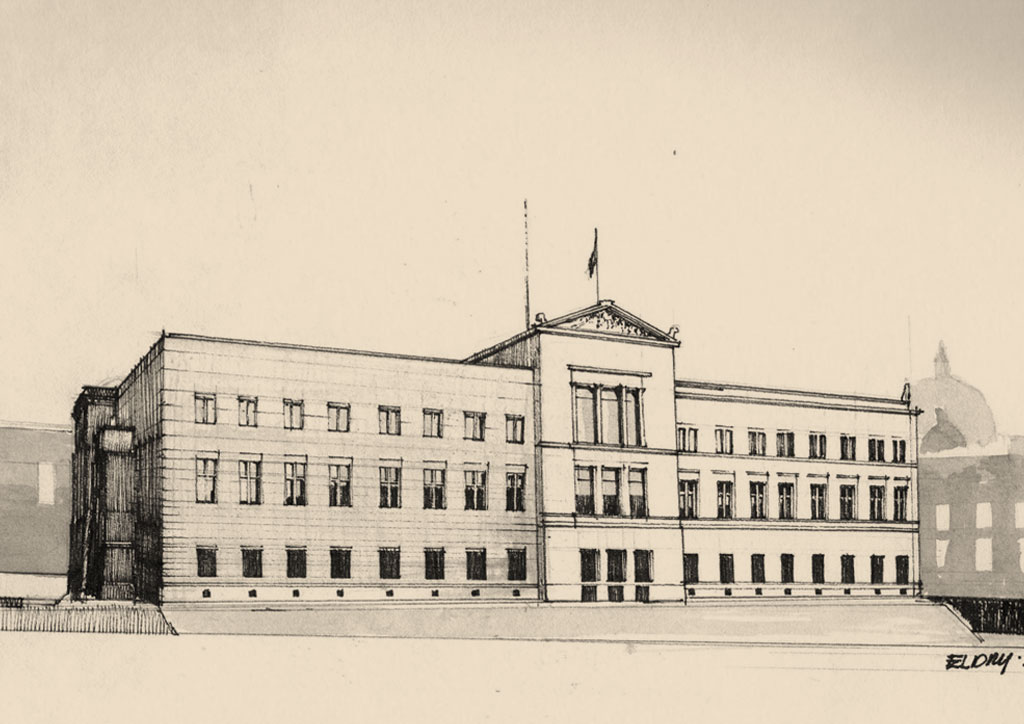
6. Neues Museum
The 1997 restoration of the Neues Museum in Berlin was both cause for celebration for many Berliners and a source of indignation for staunch traditionalists. Tasked to reset the war-torn museum, which housed pre-historic and ancient Egyptian artifacts, David Chipperfield used a different material to rebuild portions of the building destroyed during the war. This did not sit well with traditionalists who expected a perfect reconstruction of Friedrich August Stüler’s original design. They campaigned for the UNESCO to intervene. Chipperfield’s efforts were vindicated as the restoration project won the prestigious European Union Prize for Contemporary Architecture in 2011.
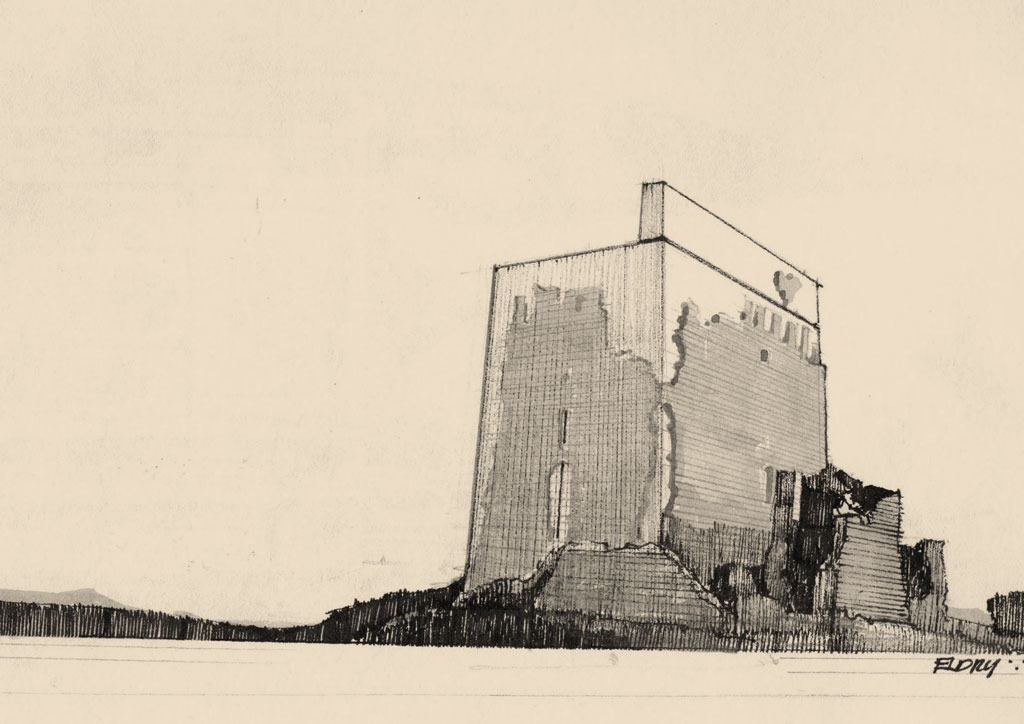
7. Matrera Castle
The restoration of the 9th-century Spanish landmark caught the world’s attention after going viral online. The Matrera Castle was already in ruins so Carlos Quevedo of Carquero Arquitectura used a new material to reconstruct its walls and the original massing of the fortress. The project was met with widespread criticism especially from purists, and sprawled a number of impassioned debates on the Internet. Despite the vitriol it generated at home, architects around the world found the restoration tasteful and innovative. The castle garnered the People’s Choice Award for the Heritage Preservation category in the 2016 Architizer A+ Awards.

8. Chartres Cathedral
The repainting of the iconic Chartres Cathedral in France, led by restoration architect Frédéric Didier, was initiated in 2009 at a cost of $18.5 million. It left many heritage experts in wide-eyed terror as the brown patina on the church’s interior masonry was covered in white paint and yellowish faux marbling, arguably to resemble the church’s original 13th-century color scheme. Critics claim the fresh coats of pain erase centuries of history. Supporters believe the damage sustained by the church’s masonry due to soot and grime could only be addressed with repainting. ![]()
This article first appeared in BluPrint Vol 1 2017. Edits were made for BluPrint online.
READ MORE: These are 7 historic commercial landmarks you should know about
Article Credits:
Written by Patrick Kasingsing
Introduction and edits by Arielle Abrigo
Illustrations by Eldry John Manlapaz Infante


